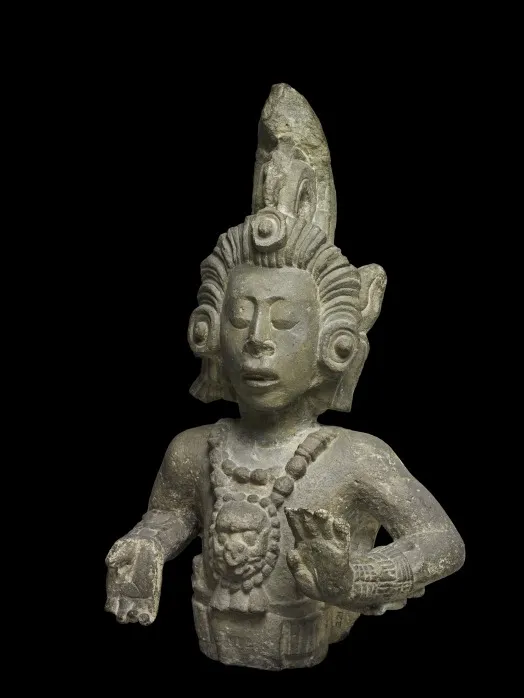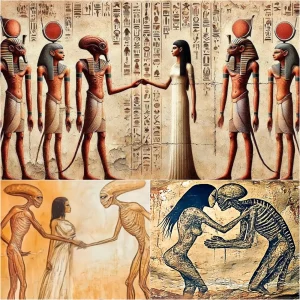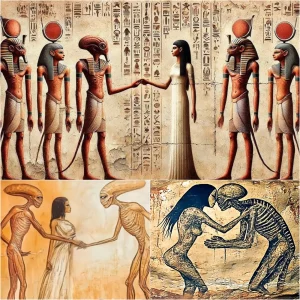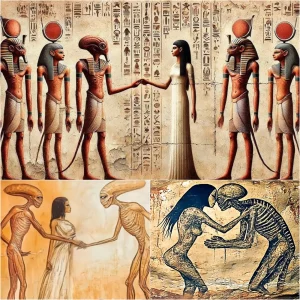Archaeologists in Mexico have unearthed a stuccoed stone head from a 1,300-year-old statue depicting an ancient Maya maize god in Palenque. Palenque, also known as Lakamha in the Itza language, was a prominent Maya city-state in southern Mexico that flourished until the 8th century CE. The city is renowned for its impressive Maya architecture, including roof combs and bas-relief carvings.
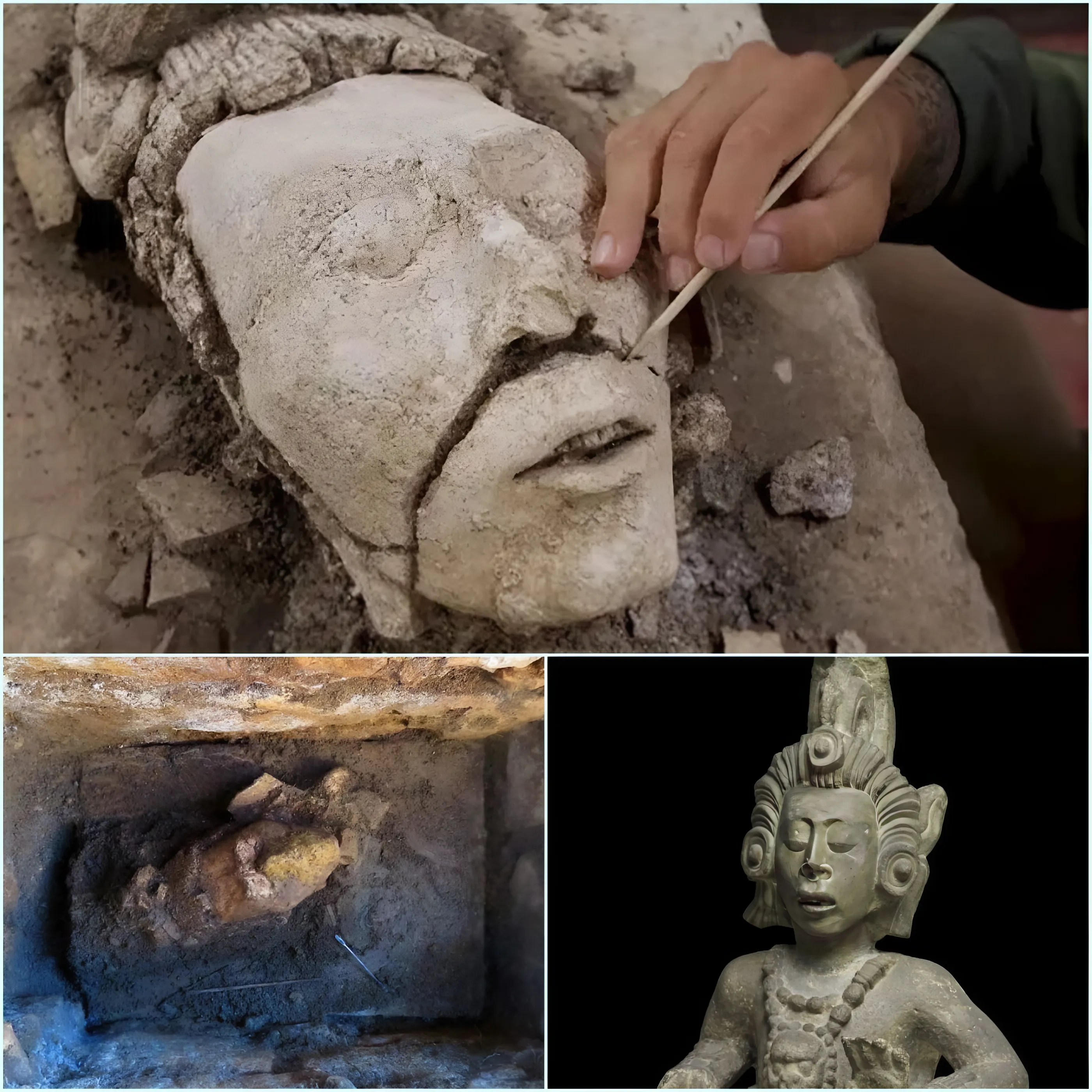
The head was discovered by researchers from the National Institute of Anthropology and History (INAH) during excavations at a site in Palenque. It was found inside a container in a small pond located within a corridor connecting sections of a palace complex. This pond, believed to symbolize the entrance to the Maya underworld, Xibalba, holds cultural significance in Maya cosmology, where caves and cenotes served as portals to realms ruled by death gods.
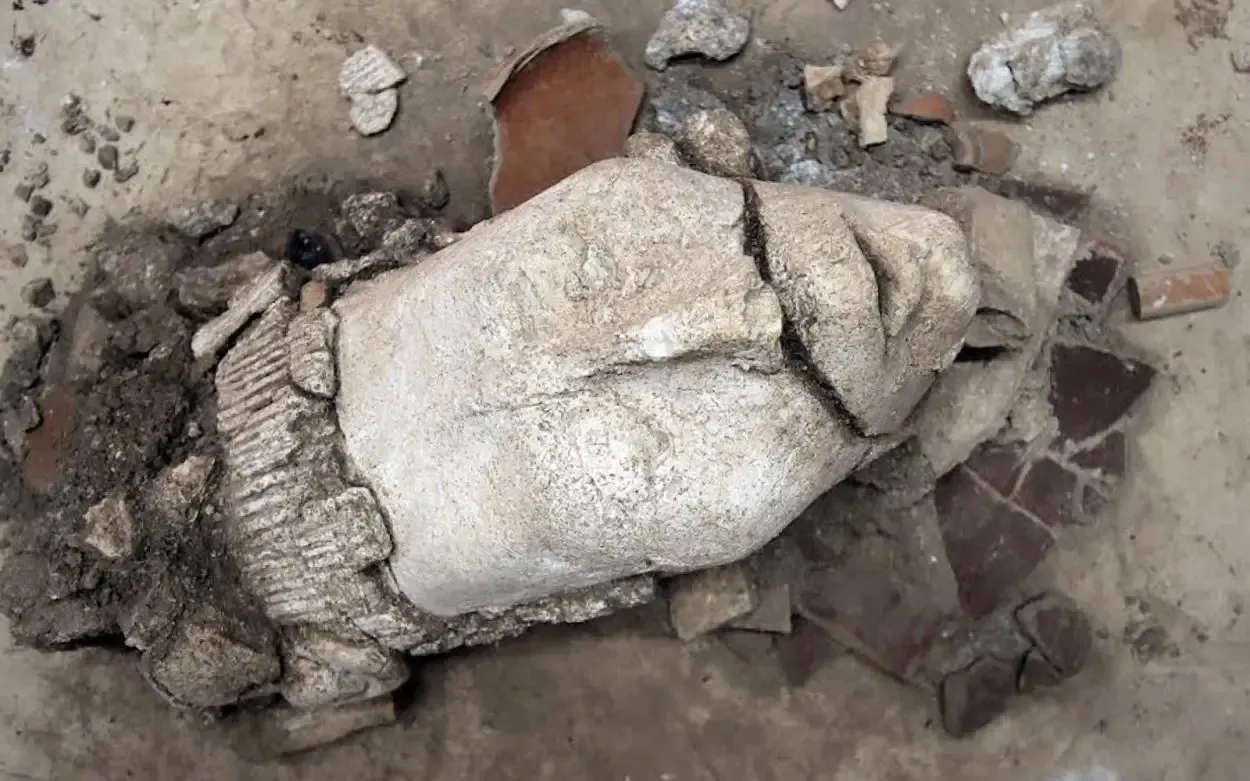
Arnoldo González Cruz of INAH Chiapas Centre explained, “The discovery allows us to further understand how the ancient Maya of Palenque interpreted the mythical narrative of the birth, death, and resurrection of the maize deity.” The severed head sculpture, originally part of a tripod-mounted statue, was oriented east-west to face the rising sun, symbolizing the sun’s role in the growth of corn plants, a vital aspect of Maya agriculture and mythology.
